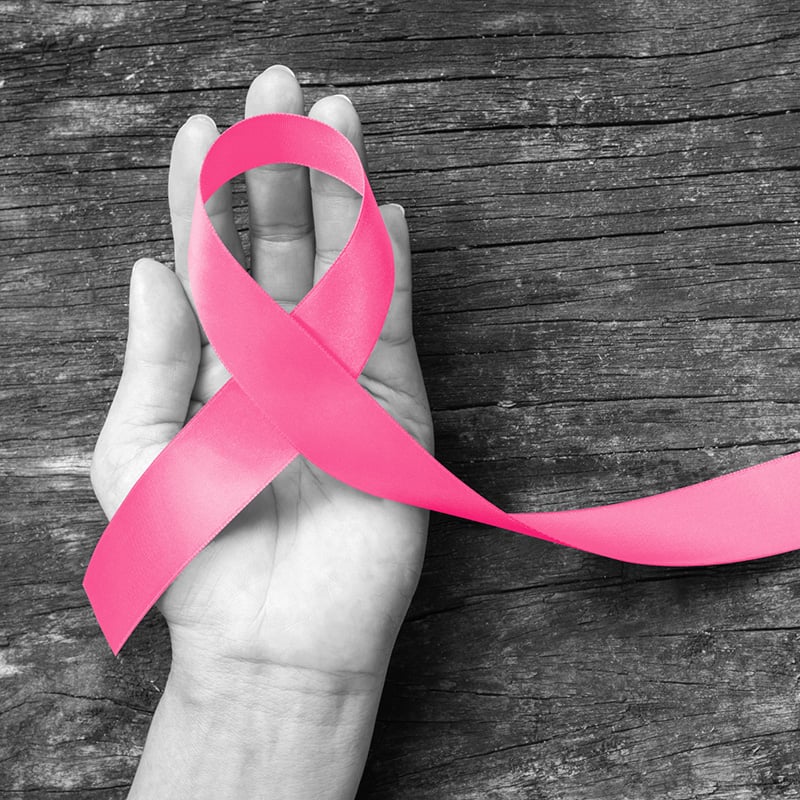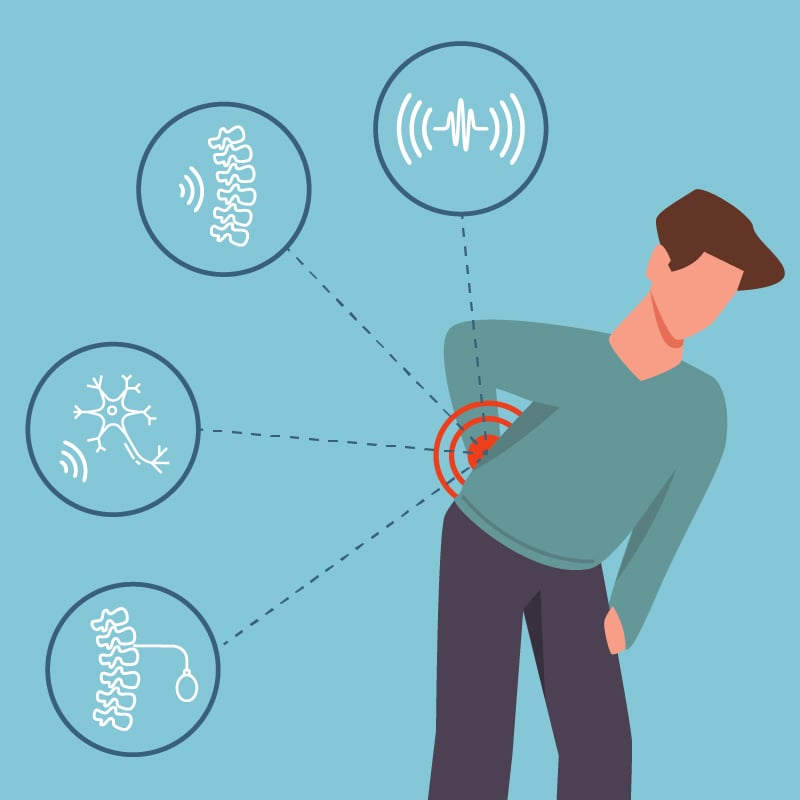Pain is an unfortunate side effect of cancer. An estimated 50-70 percent of patients with cancer will experience some pain throughout the course of their treatment. By acknowledging the pain patients go through and being open about the treatment options available throughout cancer treatment, the overall experience can be a little less frightening.
As part of National Pain Awareness Month, Rochester Regional Health is acknowledging the importance of pain management and the complex work performed by pain management professionals in health care.
Jennifer Gargano, MD, is a Pain Management & Palliative Care Physician with Lipson Cancer Institute and works with patients daily to ensure any pain from their cancer or therapy treatments does not significantly interfere with their daily activities.
How chemotherapy & radiation work
More than 50 percent of all patients with cancer undergo treatment using either chemotherapy, radiation therapy, or a combination of both, according to the International Journal of Medical Sciences.
Chemotherapy is a powerful drug therapy used by physicians with the goal of helping the body destroy fast-growing cancer cells. Cancer cells grow and multiply quicker than most cells in the body. This form of cancer treatment is designed to attack cells throughout the body that divide and multiply quickly, which includes hair cells.
There are a number of methods of chemotherapy treatment, each of which depends on the type and stage of a patient’s cancer. Some of these include infusion or intravenous (IV) injection, oral medication taken by mouth, or injected as a shot into a muscle or under the skin.
Radiation therapy is a form of cancer treatment that uses targeted high-energy waves such as X-rays to damage and destroy cancer cells by breaking apart their cellular DNA. The body’s cells are damaged during radiation treatments, but they are able to recover quickly. Treatments are carefully planned to deliver as much radiation as possible to the cancer cells while limiting damage to healthy cells.
The goal of radiation can be to cure cancer, prevent recurrence, or treat pain associated with tumors. It can be used alone, or in addition to chemotherapy, immunotherapy, or surgery.
Side effects
Both chemotherapy and radiation cause side effects in patients. Fortunately, modern medicine makes these side effects easy to treat.
Chemotherapy
Patients who undergo cancer treatment using chemotherapy and/or radiation may experience:
- fatigue
- nausea or vomiting
- diarrhea
- dry mouth
- mouth sores
- loss of appetite
- aching joints
- hair loss
- pain syndromes (numbness or tingling in hands and feet)
- skin changes at the radiation site (redness)
“Treatment side effects are different for everyone. The ones you have depend of the type of chemo or radiation you get, how much you get, the part of your body that is being treated, and how healthy you are overall. There is no way of truly predicting how it will affect you,” Dr. Gargano said. “The good news is that there are entire teams dedicated to treating patients who are going through cancer treatments – including palliative care specialists – and there is a broad range of treatments available.”
Treatment for side effects
Each patient at Lipson Cancer Institute is supported by a cancer treatment team of specialists who are trained to assess the patient and offer supportive care in a variety of forms, including diet and nutrition, mental health counseling, and spiritual support.
Using a multidisciplinary approach, specialists from pain management, palliative care, medical oncology, and radiation oncology – among others – come together to assess the whole patient – side effects from cancer treatment, day-to-day function, and overall quality of life – and improve their daily living.
“Our goal as providers is to better every person’s daily life and help them participate in the activities that give them joy and meaning during their treatment,” Dr. Gargano said. “Even though there is pain in cancer treatment, it does not mean you have to suffer through it.”
Pain management
Patients are monitored constantly using a 0-10 scale to rate their pain so the right kind of medication can be prescribed.
Used to precisely target the source of a patient’s pain, pain management techniques can help with either the cancer itself or side effects from pain medications (e.g. fatigue, nausea, or constipation).
Nerve blocks can block pain receptors right at the source, providing great relief with fewer side effects than some medications. Other pain management methods include:
- trigger point injections (relaxing muscle knots)
- epidurals (relief from back and neck pain)
- radio-frequency ablation
- neurostimulators
- intrathecal pain pumps
What if the pain is persistent or worsens?
The earlier a provider knows a patient’s pain level is changing, the better the outcome will be for the patient. If anything starts to become worse or more painful, patients should reach out to their oncology team right away.
A provider with the patient’s care team will be available for office visits, telehealth visits, or even home visits.
“Our ultimate aim is to get to know the patient and identify their goals and values so we can better partner with them on their cancer journey,” Dr. Gargano said. “Different patients have different parts of their lives that are important to them. Whether it is family, work, a hobby, or something else, this can empower us with the tools we need to meet their goals.”








